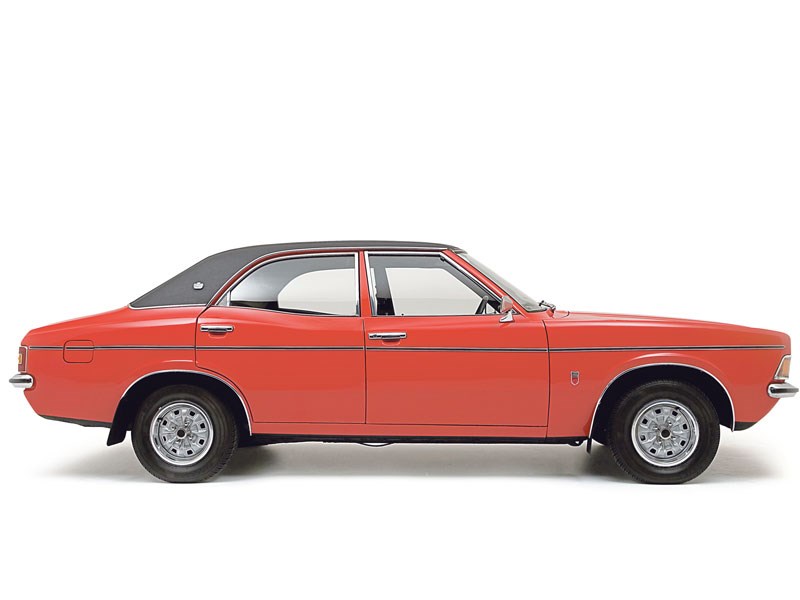With prices rising, now could be the perfect time to buy this Ford...
Classic Ford Consul Review
The car you always promised yourself? Despite the fact that the famous line was never used to sell this particular Ford, for teddy boys and Elvis wannabes the Ford Consul Capri was certainly that. Americana on an Acton scale, the Consul Capri and its Classic sister proved that Stateside style needn’t always sell in Surbiton.
VITAL STATISTICS
Engine 1499cc/4-cyl/OHV
Power 78bhp@00rpm
Torque 91lb/ft@00rpm
Top Speed 79mph
0-60mph 22.6seconds
Economy 36.7mpg
Gearbox 4 speed manual
WHAT TO LOOK FOR
BODYWORK
While the Consul Capri is an inherently strong design by dint of its advanced monocoque construction, beware that this is due to a complex (and rot-prone) structure. Check the headlamp panels, outer and inner wings, jacking points, sills, the rear valance and wheelarches – all noted rust traps in the Consul Capri. The pillarless windows might look pretty, but check they seal properly – while badly fitting seals can be remedied, you can’t be certain how long they’ve been like they are and whether they’ve let any water in.
ENGINE
Just two – an enlarged derivative of the Anglia’s Kent engine putting out 1340c, replaced in 1962 by a 1500cc variant. The GT model used the 1500cc engine with an increased compression ratio of 9:1, a modified cylinder head, a new exhaust manifold, a reprofiled camshaft by Keith Duckworth and a Weber carburettor. These engines have proved reliable in service, and due to commonality with other Ford models parts supplies are plentiful. The GT is the rarer, more desirable variant, and does attract a small price premium. Keep the crankcase breather clear – failure to do so can lead to the crackcase over-pressurising and the seals failing.
RUNNING GEAR
Again no surprises, the running gear in the Consul Capri is identical to that in the Classic and shared with the Anglia and Cortina. Make sure you look at the front struts – they’re reliable, but the mountings rot. Not clever!
INTERIOR
It’s like the OK Diner on wheels. Two-tone PVC seating, a painted dashboard to match the car, and a strip speedo – all that’s missing is the Beach Boys eight-track and some extra chrome! With so few cars made and fewer remaining, trim will be hard to find – you’re more likely to source spares through the Ford Classic & Capri Owners Club than anywhere else.
OUR VERDICT
Why should you buy one? Because you’re an extrovert, with a penchant for 1950s American culture, and you’d like something that satisfies your lust for excess yet fits in your garage. The Consul Capri is a T-bird for Britain, and while there are doubtless people who treasure the Consul Classic and Capri as examples of Ford’s failures, most will be out for the rock’n’roll experience.


































